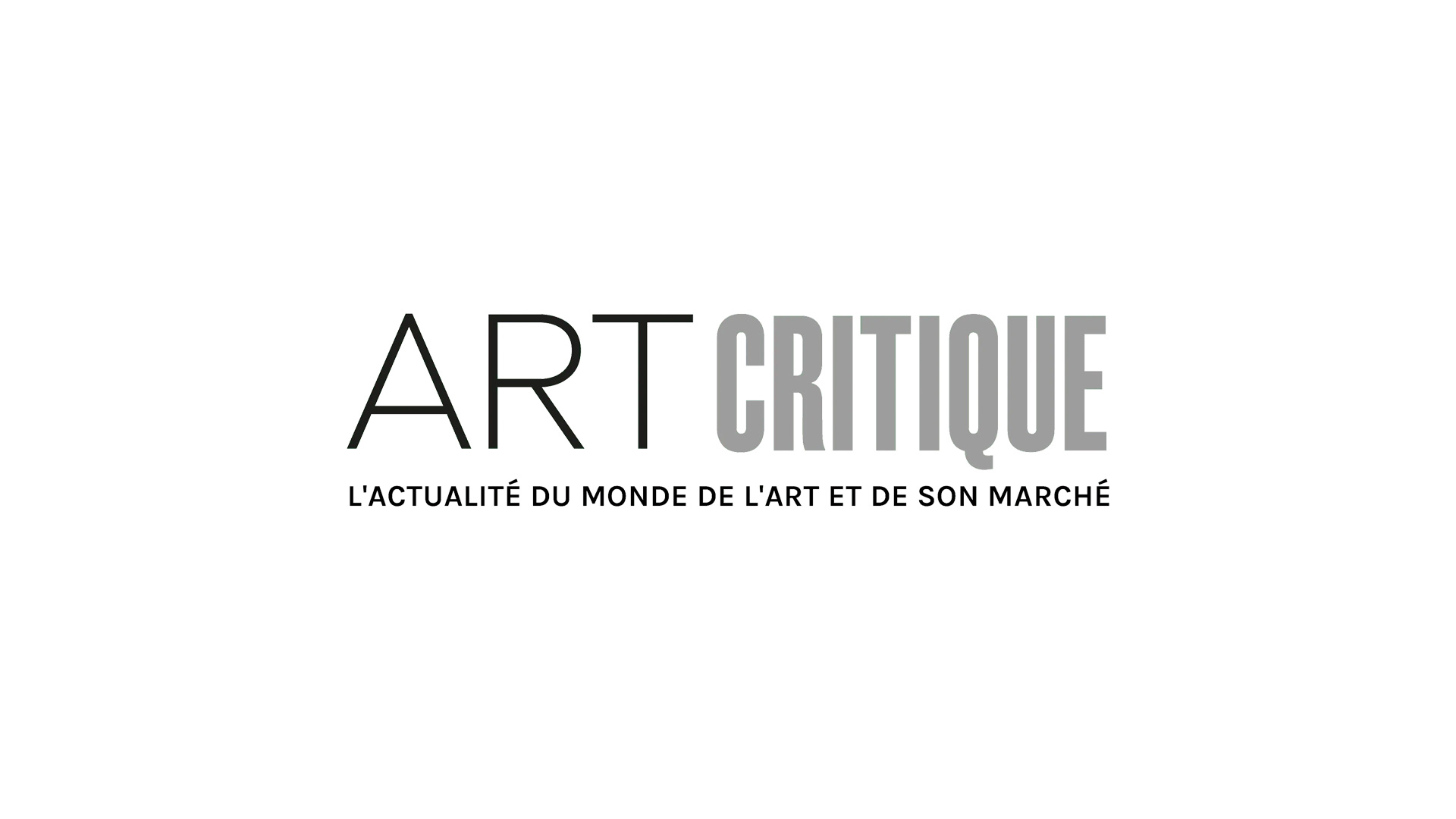In Velvet Buzzsaw, a film written and directed by Dan Gilroy, audiences encounter a sensitive art critique, a ruthless gallery owner, a cut-throat art dealer, and an ambitious art assistant who together dig-up a recently deceased artist’s oeuvre of paintings with fatal consequences. This art thriller is a satire on the art contemporary art market and its perpetrators. The director’s suspenseful message suggests that in a duel, the true meaning of art and its purpose champion over those that seek to profit from it.
In Gilroy’s artistic thriller, a rapacious art assistant, Josephina (Zawe Ashton), finds the dead body of her neighbor. She soon discovers that the corpse is, Ventril Dease, a tortured artist with no friends and a dark past. Josephina sneaks into his apartment and uncovers hundreds of paintings he tried to destroy before his death. Josephine is struck by the paintings’ power, their bittersweet subject matter, and dark color palettes. She soon partners with Rhodora Haze (Rene Russo), the owner of a bustling Los Angeles contemporary art gallery, in an attempt to prosper from Dease’s artwork – despite his explicit wish that all his paintings be eradicated. Meanwhile, Morf Vandewalt (Jake Gyllenhaal), L.A’s distinguished critic, is unknowingly deceived and sucked into danger while writing a book about Dease’s work and his life. At the height of the protagonists’ ploy, a ghostly force upends their plans by killing each person who stole his artworks, big or small, one at a time.
Each character type driving the plot plays a crucial role in the world of contemporary art commerce. Gilroy wrote the characters and script based on his experiences in contemporary art settings and individuals he knows that work in the business. These amalgam personas, whether they be an art critic or an art preparator, paint a fragile world where the pen of an art critic or the lighting of an installation make all the difference in determining the success of an artist and their work. In an interview with NPR, Gilroy explains his decision to use the contemporary art word as a setting for his new thriller, “I saw it as a world off its axis. It seems like a world that’s sort of teetering, and the people within the world know it. And there’s an interesting dramatic tension in that that I thought worked well with the thriller element of it.”
Pop-Art inspired artwork render the principle setting – providing an extra layer of satire. According to the director, his production team hired several artists and art advisors six months before filming. The bright artworks collected and commissioned to produce the film contrast with the somber work of Ventril Dease. Gilroy shed’s light on the creation process of Dease’s paintings, “We decided he used the art as a cathartic experience to work through horrific childhood trauma. He’s painting childhood trauma. So we knew they were going to be representational. You’ve got to see a father and a mother and a sister. Then we decided on a color palette, and we started to go for a darker earth tone color palette.” Although it is unclear how the deceased artist supernaturally kills each character, the revelation that Dease mixed his blood with the paint suggests that somehow his vengeful spirit lives on through his paintings.
Velvet Buzzsaw is a feast for the eyes. It demonstrates the dynamic mediums of artworks and styles — paintings, sculptures, sound, and installations all find a home in the vanguard film. From the perspective of an art advocate, it is thrilling to see art in such a powerful and dangerous role; art galleries and museums so often being understated spaces. Dease ’s violent acts through his artwork win the fight against commercialism. Gilroy distills his intention as, “The idea that contemporary art began as this movement that was supposed to provoke and challenge and has just been co-opted by money. It’s out of balance.” Although Gilroy aggressively critiques the contemporary art market, he also intends for the film to be a fun ride for audiences – albeit through dark humor.





